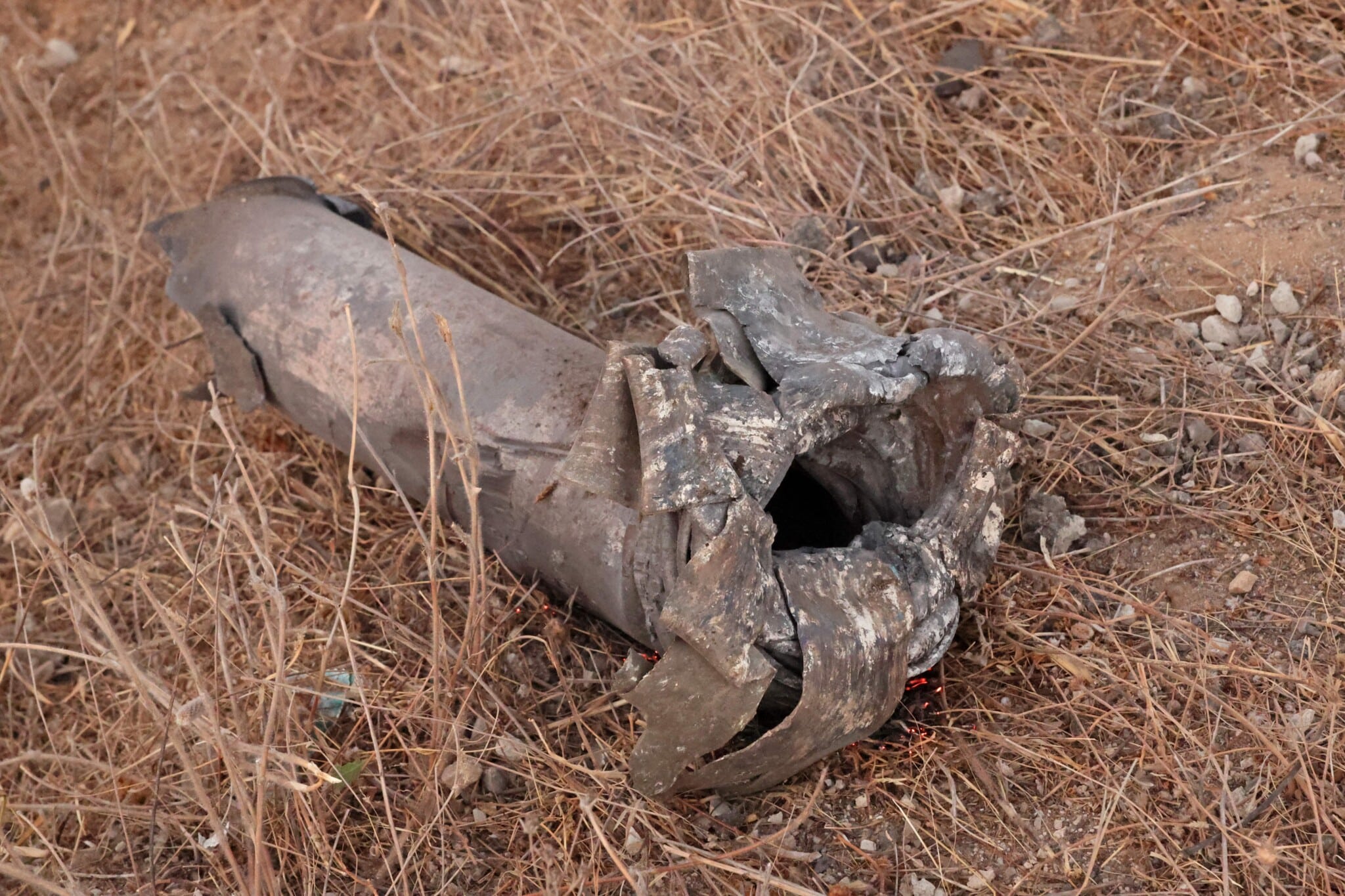August 7, 2022 | Flash Brief
Assessing Palestinian Islamic Jihad’s Military Capabilities After the August 2022 Conflict
August 7, 2022 | Flash Brief
Assessing Palestinian Islamic Jihad’s Military Capabilities After the August 2022 Conflict
Palestinian Islamic Jihad (PIJ) is the second-largest terrorist organization in the Gaza Strip after Hamas. Over the years, PIJ has strengthened its military capabilities with significant assistance from Iran, and particularly the Quds Force, the foreign operations arm of the Islamic Revolutionary Guard Corps (IRGC). Until the United States killed him in 2020, Quds Force Commander Qassem Soleimani personally supervised this military build-up. Today, the Quds Force continues to fund and arm PIJ under the leadership of Esmail Qaani.
PIJ Arsenal
Before the current round of fighting, PIJ had an estimated arsenal of about 6,000-8,000 rockets, ranging from a few kilometers to 120 kilometers. The majority of them have a range of up to 40 kilometers. PIJ’s rocket cache includes Iranian Fajr 5 rockets, with a range of 75 km; Grad rockets, with a range of up to 35-40 km; and Bader 3 rockets, with a range of 10-20 kilometers. In recent days, PIJ has fired an estimated 600 rockets at Israel.
PIJ also possess anti-tank capabilities, including the lethal Kornet anti-tank guided missile (ATGM), which has a firing range up to 5.5 km; the Iranian Ra’ad-T ATGM, which has a firing range up to 3 km; and rocket-propelled grenades. The organization further possesses special capabilities such as the man portable air defense systems (MANPAD) known as the SA-18 (IGLA) and the SA-7B. PIJ has a few drones, as it revealed on Quds Day in April 2022, but their quantity so far is negligible.
Current Erosion of PIJ Capabilities
PIJ expended at least 10 percent of its total rocket arsenal during the August conflict. The rockets fired exposed their poor quality and lack of accuracy. About 20 percent of the rockets launched fell in the Gaza Strip (including at least one that caused significant loss of life). Many of the longer-range rockets deviated from their intended trajectory and fell into the sea. In this context, the Israel Defense Force’s (IDF) ongoing military campaign against PIJ has led to a significant erosion of PIJ’s military capabilities.
Deaths of PIJ Commanders
IDF forces killed PIJ’s two senior military chiefs — the commanders of the southern sector, Khaled Mansour, and of the northern sector, Taysir Jabari. These deaths left the organization’s paramilitary fighters without leadership. The IDF also killed leaders of PIJ’s rocket unit and anti-tank unit. The group can certainly promote lower-level fighters to leadership positions, but it could take months, if not years, to reestablish a modicum of professionalism and seniority within their leadership ranks.
Rocket Arsenal
Israel attacked numerous PIJ rocket launch pits and many ammunition depots. The organization likely still possesses thousands of short-range rockets, and at least several long-range rockets that can reach central Israel. PIJ was economical during the August skirmish, careful not to fire all of its long-range rockets. In the final three days of fighting, Israel attacked PIJ’s military production sites, where the group produced rockets, mortars, and other munitions. The IDF also struck warehouses for storing military materials. PIJ will not easily replenish its rocket inventory in the short term. In the medium and long term, the group will rely on Iran for this materiel. Iran will attempt to smuggle this material to Gaza by land (via the Sinai Peninsula) and by sea (primarily via fishing vessels off the Mediterranean coast).
Military Infrastructure
During the August operation, Israel destroyed PIJ anti-tank posts, observation posts, training sites, and military outposts. This damage, although severe, does not constitute a substantial erosion of PIJ’s military infrastructure; the outposts were makeshift and the organization can rebuild them quickly. One exception was the Israeli attack on a PIJ commando near Rafah in the southern Gaza Strip, though it did not cross the border with Israel. The tunnel’s restoration will require immense time and resources.
Future Capabilities
PIJ maintains the ability to fire rockets at Israel. It likely possesses at least 5,500 rockets, although most of them rockets are short-range. The group still enjoys significant financial support from the Islamic Republic of Iran, which also trains the group’s fighters and arms them. The group also enjoys safe haven within the Gaza Strip, thanks to the patronage of the Iran-backed Hamas organization. Thus, while the group’s capabilities were set back significantly, it will immediately set about rebuilding its capabilities for the future, setting the scene for another battle with Israel in the future.

The remains of a rocket launched from the Gaza Strip that landed in the southern Israeli city of Ashkelon on August 7, 2022. (Getty Images)